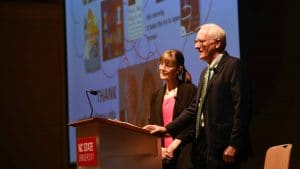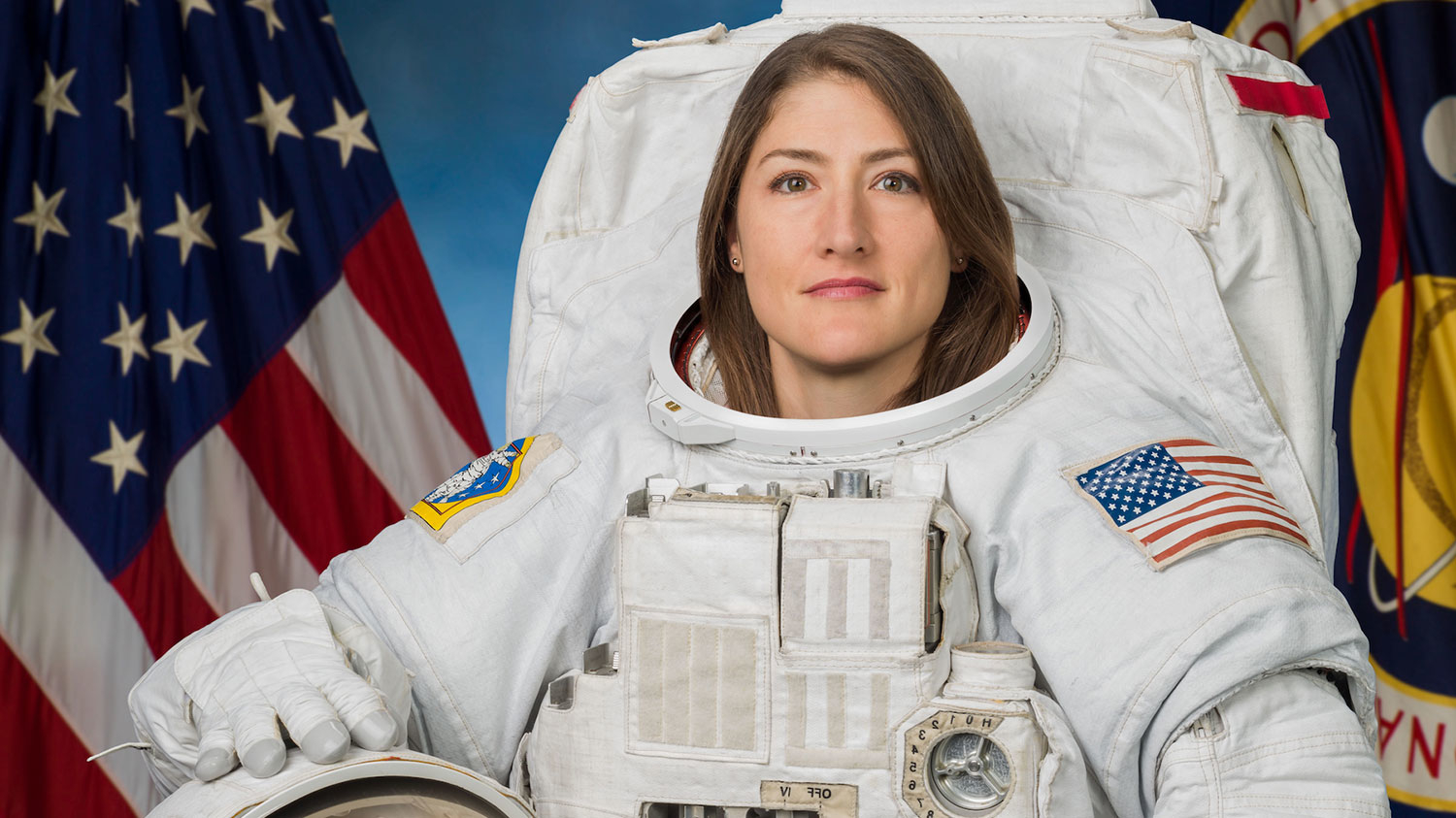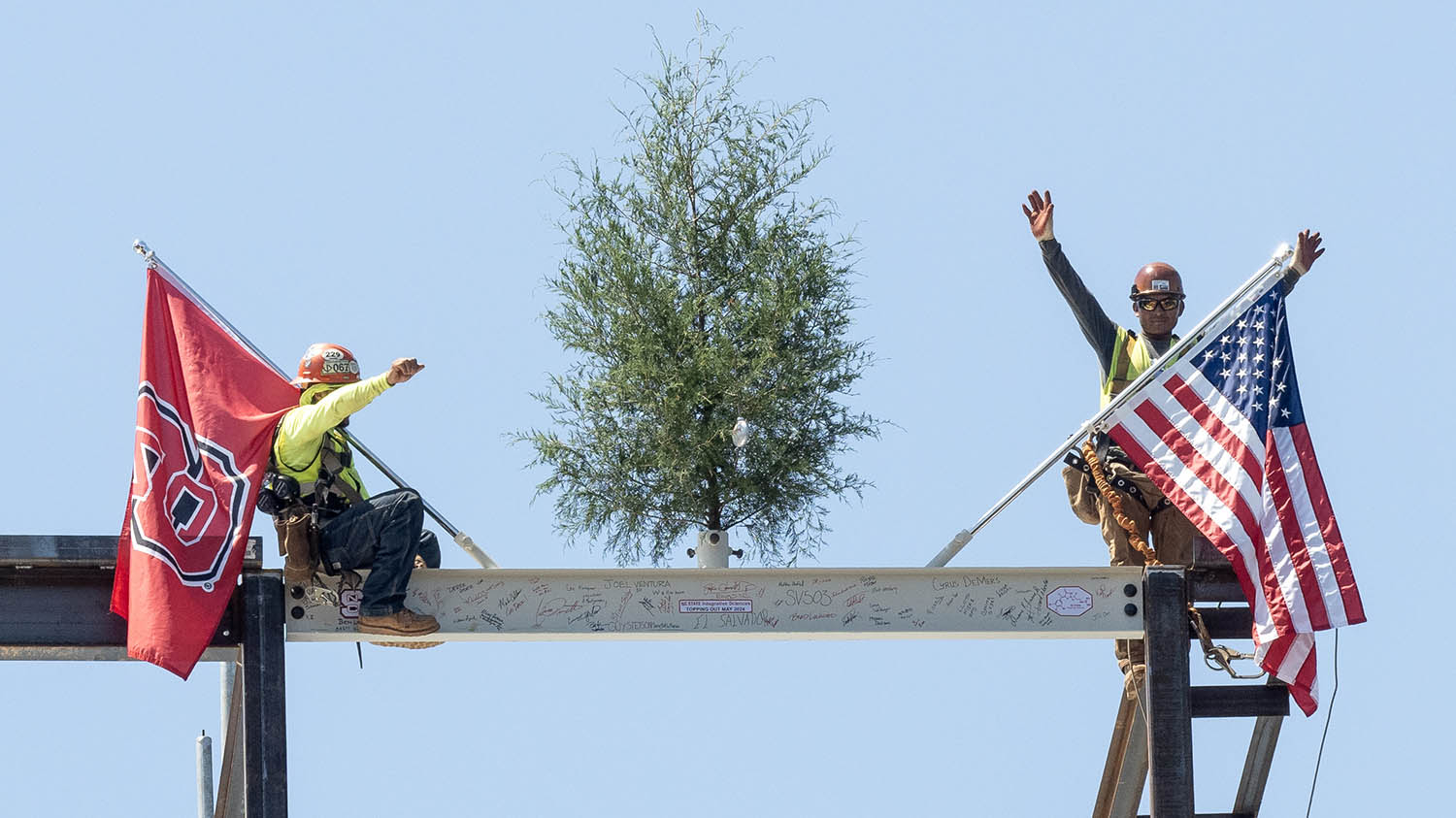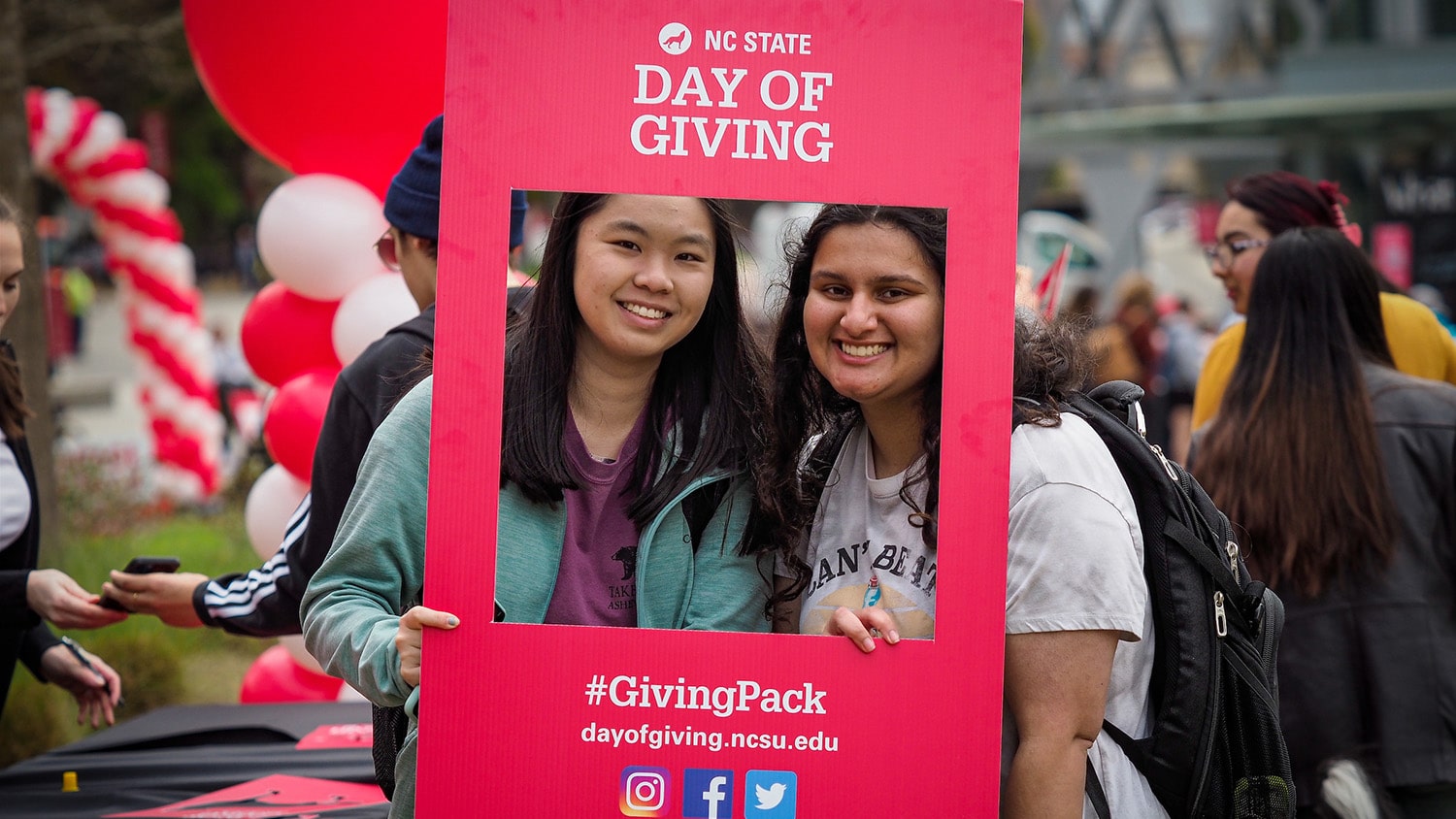 On April 18, creativity experts and authors Michele and Robert Root-Bernstein headlined the 2019 State of the Sciences lecture. The Root-Bernsteins, both faculty members at Michigan State University, spoke to a crowd of students, faculty, alumni and friends from across the university about their research on polymaths (people with wide-ranging knowledge and interests) and how to encourage their development.
On April 18, creativity experts and authors Michele and Robert Root-Bernstein headlined the 2019 State of the Sciences lecture. The Root-Bernsteins, both faculty members at Michigan State University, spoke to a crowd of students, faculty, alumni and friends from across the university about their research on polymaths (people with wide-ranging knowledge and interests) and how to encourage their development.
Here are five takeaways.
- Most creative people have multiple interests and avocations. The Root-Bernsteins cited research showing that Nobel laureates average three times the number of avocations, or hobbies, as the average adult. Those interests extend in diverse directions, including art, nature and sports. Many scientists are also artistically creative; in fact, the more respected a scientist is, the more arts and crafts avocations he or she tends to have.
- Creative polymaths find and explore connections between their interest areas. Several Nobel laureates, as well as other prominent scientists, have applied their diverse interests to their research to produce new inventions and innovations. One example is Nobel-winning chemist Dorothy Crowfoot Hodgkin, whose interest in painting mosaics may have prepared her to make groundbreaking advances in X-ray crystallography.
- Imaginative thinking tools provide a cognitive bridge for crossing disciplines. Creative individuals use a common set of mental tools, like observing, abstracting, body thinking and empathizing, to link their interests in ways that help them bridge disciplines. For example, scientist Louis Pasteur was trained as a portrait artist, which taught him to observe asymmetries in the faces he was painting; later, as a chemistry and physics student, he applied these observational skills to study and draw tartaric acid crystals, discovering handed (or mirror-image) molecules.
- Arts-based curriculum can help improve STEM learning. The Root-Bernsteins cited several studies that found that visual imaging ability is one of the best predictors of success in STEM fields. Training in areas like sculpture, painting and photography improved both visual imaging ability and STEM learning outcomes, especially in minorities and women.
- Educators should encourage “Y-shaped” student development. To encourage polymathy and creativity, the Root-Bernsteins contend that all students should major in two subjects and explore ways to link them. This type of training better helps them learn how to recognize connections in the world at large and continuously question what they don’t know.
- Categories:



